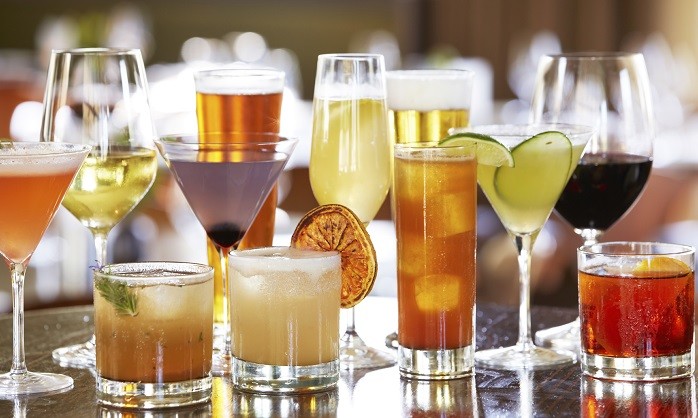
Not many consumers realize that there is a common misconception about the various types of alcoholic beverages and their impact on the human body. When it comes to alcoholic beverages and health outcomes, it is important to remember that, in fact, ‘all drinks are equal’. The same active ingredient, ethanol, is present in beer, wine, and spirits, and its impact on the body is always the same. A standard drink therefore always contains the same amount of ethanol, regardless of the alcoholic strength (ABV) – and serves as a tool for consumer to make informed choices about their drinking. A definition of a standard drink currently exists in 24 countries across the European region. These standard drink definitions also form the basis for drinking guidelines that provide the same risk recommendations to consumers, regardless of the type of alcohol they choose to drink.
Importantly, drinking outcomes are not so much determined by the alcoholic strength of a drink, but by the patterns of consumption. Evidence confirms that the outcomes of drinking depend on how alcohol is consumed, by whom, in what amounts and how often, and not on the type or strength of the drink in question. According to a recent systematic review directly comparing different categories of beverages, when diet and lifestyle factors are controlled for, there are no appreciable differences between moderate consumption of wine, beer, or spirits for health outcomes. Similarly, BAC limits for driving are based on the same physiological effect of ethanol on the body and at the same levels of alcohol, regardless of beverage; the choice of wine, beer, or spirits does not change the effect.
Moderate consumption thus is a practice, and drinking in moderation has an equal effect on the body no matter which type of alcoholic beverage is being consumed. By the same token, unfortunately, all drinks, regardless of alcoholic strength, can also be abused. In this context, it is important to keep in mind that no single alcoholic beverage type is more or less associated with harmful drinking. The same level of risk of harmful drinking is the reason why currently applicable guidelines on responsible marketing communications provide that they must not imply that consuming beverages with relatively low alcohol content could be better suited for moderate consumption or prevent alcohol abuse.
This is important to keep in mind when discussing questions about the potential contributions of lower alcoholic beverages in harm reduction policies. Lower or non-alcoholic versions of beers, wines and spirits are a great way to broaden choice for consumers and are a clear testimonial to the innovative power of the industry. However, as a recent review of the evidence on low-ABV beers showed, there is currently insufficient evidence to warrant a policy recommendation for switching from higher- to lower-alcohol beverages as an effective means of reducing harmful drinking. While recent emphasis on lower-alcohol beers may have added to the misperception, actual consumption choices and realities are a lot more complex.
In sum, while alcoholic beverages greatly differ in taste and content, there are valid reasons, as recognized by governments and public health authorities around the world, for treating them equally in terms of alcohol policy.